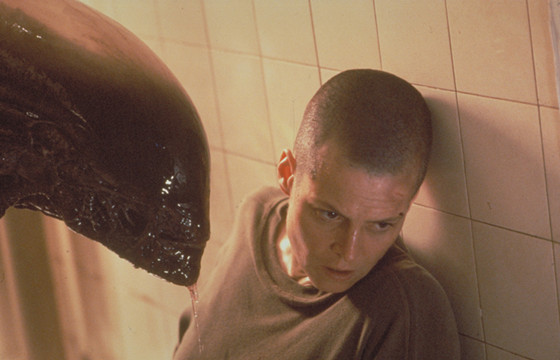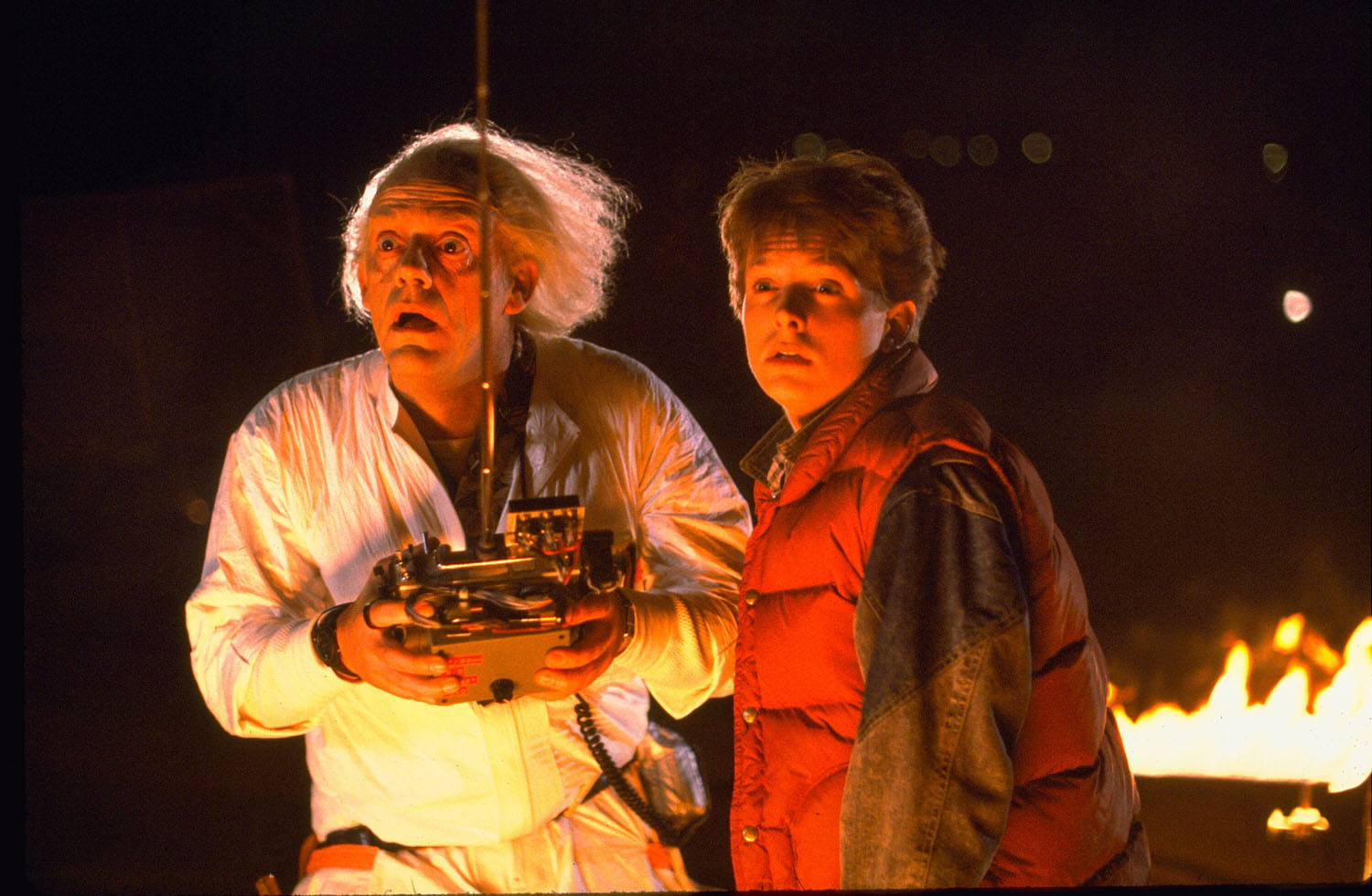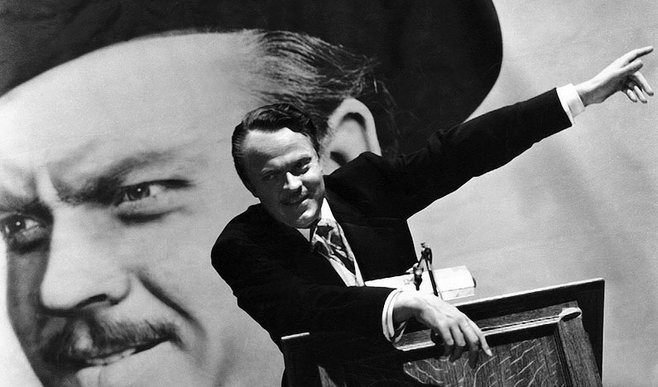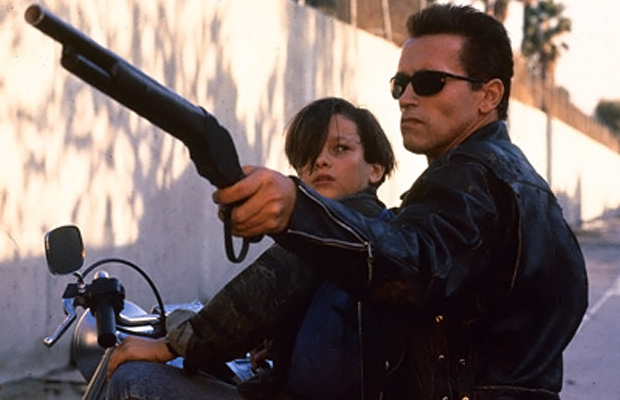5. Alien 3 (David Fincher, 1992)

“Alien 3” has always had a bad reputation for being inferior to its predecessors, the creepy “Alien” and the explosive “Aliens”. But overall, “Alien 3” is a solid sci-fi thriller, and it would have been a great dark finale to the series had it not continued with “Alien: Resurrection”. It was director David Fincher’s feature debut film, and was impressive that he was able to helm the sequel of a highly successful film franchise when he had only directed music videos beforehand.
However, there is a gaping plot hole at the very start of the film that spoils it. There is an alien egg that hatches inside the Sulaco that causes all the trouble, and makes most of the crew die during the crash onto the penal colony planet Fiorina 161. But how did the egg get there? There is never any explanation for this. The queen alien in “Aliens” did get onto the Sulaco, but it was no longer able to lay any eggs due to its egg sac being destroyed, and it certainly could not carry an egg in its claws.
The original cut of “Alien 3” made it appear that one Facehugger impregnated both the dog and Ripley (Sigourney Weaver), which contradicts how Facehuggers could only impregnate one person before dying. So does that mean there were two eggs on the Sulaco?
To be fair, the Assembly Cut of “Alien 3” shows that a superior version of the Facehugger that creates queen aliens was also on board, but the original cut of the film left out this crucial detail that would have cleared up a lot of things. This still does not explain how the alien egg got on board the Sulaco, though.
4. Back to the Future (Robert Zemeckis, 1985)

“Back to the Future” is one of the most beloved movies ever made, and rightfully so. It is full of laughs, great characters, adventure, interesting science, and above all, a big heart. What it also has is a huge plot hole.
At the end of the film when Marty McFly (Michael J. Fox) goes back to the alternate and better version of 1985, how is it that his parents George (Crispin Glover) and Lorraine (Lea Thompson) have seemingly forgotten about Marty’s alter ego Calvin Klein, who was friends with them back in high school?
It could be argued that since 30 years have passed since they last saw Klein, they simply forgot all about him. But Klein was the person who both got George and Lorraine together, and encouraged George to become the science fiction author that he has become in the new 1985. Despite only having known Klein for such a brief time, they should remember Klein since he made such a significant impact on the direction of their lives.
Aside from all that, how did George and Lorraine not get suspicious when the fashion designer also named Calvin Klein became famous, especially as his name was stitched on his underwear? And most importantly, how their son looks exactly like Klein? Did George ever suspect Lorraine of cheating on him with a boy she had a crush on in high school? Also, why would the McFlys employ Biff to clean their cars, since he both bullied George and sexually harassed Lorraine?
Finally, the Marty McFly we view throughout the movie is from the original version of 1985. But once he arrives in the new 1985, is there another Marty McFly who has been living in this version of his life now? In this regard, perhaps the film should have been called “Back to the Drawing Board”.
3. The Matrix (The Wachowskis, 1999)

There is no question that “The Matrix” is an awesome sci-fi/action film that just oozes cool. The special effects are amazing and it raises a lot of philosophical questions about our perception of reality. Despite all its technical achievements, coolness, and long and detailed explanations about the world where the film is set, one basic storytelling issue the film did not explain was its major plot hole.
When Neo (Keanu Reeves) is awoken into the real world and joins the resistance aboard their hovercraft, the Nebuchadnezzar, he is told how the Matrix works, including needing someone on board the ship to monitor those have been plugged into the Matrix to help them get in and out of it.
Of all the important details about “The Matrix”, this one thing is what causes a huge plot hole in the film. If there needs to be an operator to monitor what the rebels dialed into the Matrix are doing from the Nebuchadnezzar, then how did Cypher (Joe Pantoliano) dial himself into the Matrix to discuss his deal with Agent Smith (Hugo Weaving) without having help from someone else on board the ship? There is no explanation for this.
Another gaping plot hole that was hilariously addressed in The Nostalgia Critic’s satirical review of “The Matrix” asks why the Matrix computer simulation was needed at all. Why bother to make the effort to make the humans being plugged into the machine for their energy think they are living in the real world? Why not lobotomize them instead?
2. Citizen Kane (Orson Welles, 1941)

“Citizen Kane” is often called one of the best and most influential films ever made. While it certainly is a great film that has aged well, in no small part due to its terrific sets and cinematography, it has one of the most famous plot holes in cinema history.
The famous line “Rosebud” that Charles Foster Kane (Orson Welles) utters just before dying and dropping the snow globe is the film’s most iconic scene. All the other characters in the film frantically try to discover who this mysterious Rosebud was that Kane thought enough of to be his final thought.
But no one was in the room to hear him say the word Rosebud, and even if they had been, they would had to have been right next to Kane in order to hear such a softly spoken line. Logically, this means the events of the film could not have happened (although the search for Rosebud was unsuccessful anyway).
It should also be pointed out that Kane’s best friend Jedediah Leland (Joseph Cotten) is somehow able to tell journalist Jerry Thompson (William Alland) all these detailed recollections of events that happened in Kane’s life that he himself was not present at. It could be argued that he is simply saying what Kane had told him previously, and that the scenes are for the sake of telling the story, but still.
1. Terminator 2: Judgment Day (James Cameron, 1991)

The Terminator films are glorious action blockbusters that have been very popular since the first film wowed the world in 1984 and made Arnold Schwarzenegger a star. While there is no question that “Terminator 2: Judgment Day” is a great sequel, and arguably the best film in the series, the time travel aspect of the film causes enough plot holes to give viewers who give it too much thought a headache.
John Connor’s (Edward Furlong) age in “Terminator 2” causes problems in the overall story arc. Although he acts like a 13-year-old, his character is meant to be 10 years old.
This is confirmed when the T-1000 (Robert Patrick) uses the computer in the police car to find out where John lives, which states his age. It states that John was born on February 28, 1985, and that he is 10 years old, meaning the film is set in 1995, although there is no indication in the film at all that the film is set in the future, so most viewers would naturally assume the film is set in 1991.
To be fair, the John Connor with the teenage attitude is far more interesting than a more realistic childish 10-year-old, but still. This further contradicts a statement the T-800 (Arnold Schwarzenegger) makes when he says that Cyberdyne become the largest supplier of military computer systems in three years time. That would occur in 1998, which is after Judgment Day on August 29, 1997.
It is known in the Terminator lore that non-living organisms cannot go through time, hence one of the reasons why Terminators that look like humans can go through, and why both humans and Terminators do not wear any clothes when time traveling. However, as awesome as the T-1000 is, it should not be able to time travel. It has no organic matter at all, as opposed to how the T-800 has human tissue placed on top of its metal skeleton.
Also, how is it possible that the T-1000’s police uniform would not tear when being shot or change when the T-1000 transformed itself to appear as someone else? The police uniform is still clothing, not part of the T-1000 itself. It could be argued that Skynet has simply found a way around the issue of allowing non-organic matter to time travel. But if so, then why does the T-1000 still have no clothes? His nudity is then pointless.
On that note, it is mentioned in the first Terminator film that it was Skynet who created the time machine, and it’s confirmed in the beginning of “Terminator: Genisys”. So if Skynet created the time machine, how was it not able to design the machine to allow non-organic tissue to travel through the time portal? Perhaps this was a design flaw that Skynet could not overcome, or perhaps they thought it was best to have a human-looking T-800 roam around in 1984 to avoid suspicion and allow it to carry out its mission.
But the biggest contradiction of all in Terminator 2 is that at the end of the film, the arm and microchip of the T-800 from the first film, as well as this film’s T-800 and the T-1000, are destroyed in the molten steel. If Judgment Day had been prevented, then Kyle Reese would never have traveled back in time and gotten Sarah Connor pregnant, hence John should have just vanished out of existence right after the T-800 has melted.
To be fair, this could be the start of an alternate timeline that correlates with the events of the film, and “Terminator 3” did prove that Judgment Day did indeed happen at a later date. Time travel movie paradoxes are mind-boggling.